
21-10-2023 by Leni Frau
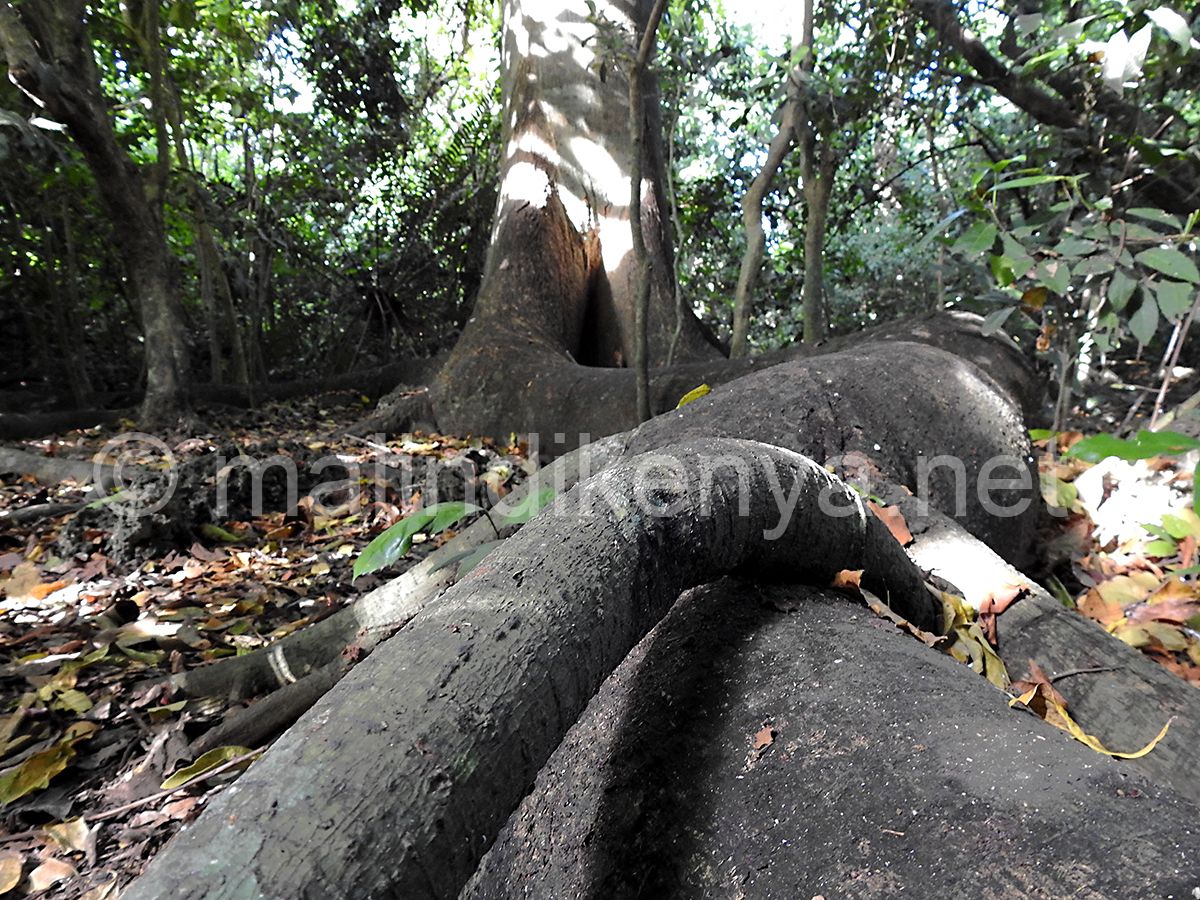
The Kenyan government has said enough is enough, or at least that is the intention: the country's forests can no longer be invaded and plundered, with illegal logging and creating fences, if not even illegal concrete constructions.
After an indication from President William Ruto regarding the urbanization of Mau Forest in the Rift Valley, the largest indigenous mountain forest in East Africa, and ordering the immediate eviction of those who had settled there, the Minister of Environment, Soipan Tuya announced a security operation not only in Mau Forest, but in all other national forest ecosystems that are at serious risk of illegal human activities. For this reason, 23 Kenya Forest Service employees were recently relieved of their duties.
The most important forests in Kenya, besides the aforementioned Mau, are: Kakamega Forest, recently grappling with looting because gold deposits have been found there; Arabuko-Sokoke inland from Malindi and Watamu, coveted for timber and rare earths (with attempts by the Chinese and other eastern countries to "allot" it); Cheranganyi Hills Forest; Loita Forest in the Maasai Mara; Ngong Forest outside Nairobi, decimated by human settlements, the Kayas, sacred forests of the Mijikenda ethnic group in Kilifi County, which would be a UNESCO World Heritage Site but in fact have long been encroached upon by housing and mining, the Otutu Lava Forest on Lake Elmenteita, the Menengai Crater Forest, the Ngangao Forest in the Taita Hills, and at least a dozen other smaller ones.
Forests are one of the great resources of Kenya's economy, not only green lungs and "water towers," but also an asset for agriculture and, not least, tourism. Yet in less than 30 years they have shrunk from 25 percent to the current 7.2 percent of the country's land area, or about 3 million hectares.
If timber harvesting were regulated, they could also remain vital in providing aid to those living in its vicinity, as well as natural medicines, edible plants and maintaining a high animal biodiversity. Not to mention the eco-sustainable activities that directly employ more than 750,000 people and indirectly provide a living for 4 million Kenyans.
Forests, moreover, as they are known, also help mitigate climate change in the country.
Kenya's five montane forests (Mau Forest Complex, Mount Kenya, Aberdares, Mount Elgon and Cherangani), called "water towers" because of their ability to store water during the rainy season and release it slowly during periods of drought, provide 75 percent of the country's freshwater reserves.
The United Nations Environment Program (UNEP) estimated that between 2000 and 2010 more than 28,000 hectares of forest were lost to these water towers, resulting in a reduction in water availability of about 62 million cubic meters per year, which means not only survival but also a lack of hydropower. The resulting costs to Kenya's economy far exceeded the financial gains from forestry and logging over the same period.
The economic damage received is estimated to be at least $68 million.
Among the problems of forests is that of mangrove ecosystems on the coast: an estimated 20 percent of mangrove cover was lost between 1985 and 2009, mainly due to the uncontrolled expansion of tourist facilities and land speculation due to the lack of projects forcing it to be sustainable.
ENVINROMENT
by redazione

The protection of Kenya's marine environment and its ecosystem has received the important support of a Hollywood movie star.
Leonardo...
ENVIRONMENT
by redazione

A special identity card to distinguish authentic Kenyan fishermen with regular permits from sea...
PLACES
by redazione

Mida Creek is one of the special features that make a tourist destination renowned throughout Africa for its...
ENVIRONMENT
by Hilary Mazzon

Sunday, September 20, Karibuni Onlus three Rotaract Club (Malindi, Watamu and Mombasa) participated in the reforestation of the Mida Creek mangrove forest (Kenya). The project was funded by the Rotaract Club of Canterbury, thanks to the super active president Carlotta...
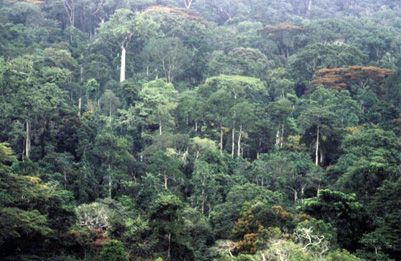
by Leni Frau
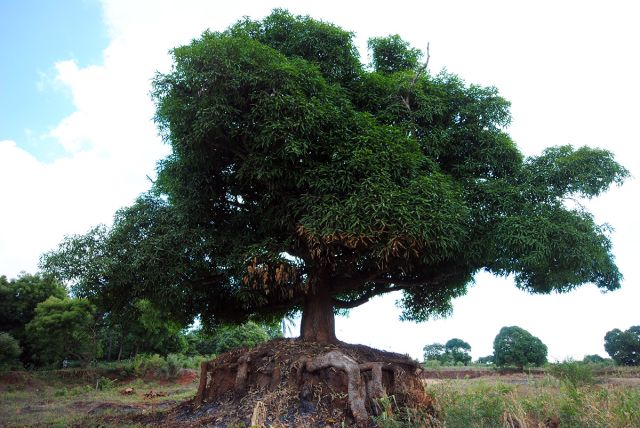
As previously announced, Kenya is today pausing for a country-wide initiative concerning the...
ENVIRONMENT
by Leni Frau
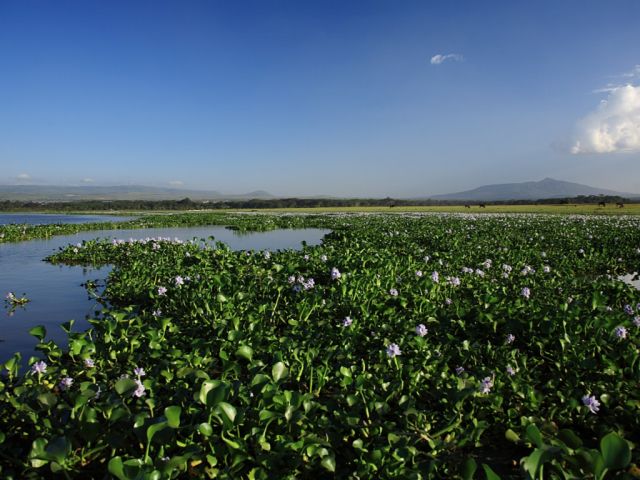
Freeing lakes from a weed that restricts fish reproduction and at the same time creating biofuel to limit...
KENYA AND ENVIRONMENT
by Leni Frau
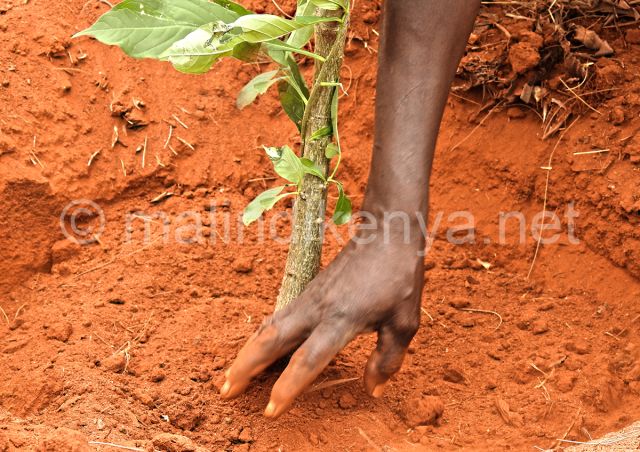
Next Monday, 13 November, will be a national holiday in Kenya for the first...
EVENTS
by redazione
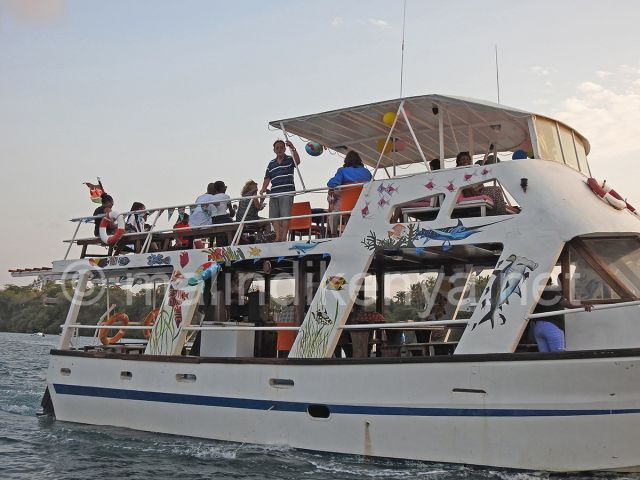
A Sunday "out of town" for those coming from Malindi, Watamu or even Mombasa, to explore in a...
LOCALI
by redazione

The Olimpia Club of Malindi even in times of restrictions and little...
PLACES
by redazione

Wednesdays at the Tangier Lounge continue with aperitifs, special dinners and DJ sets to...
PLACES
by redazione
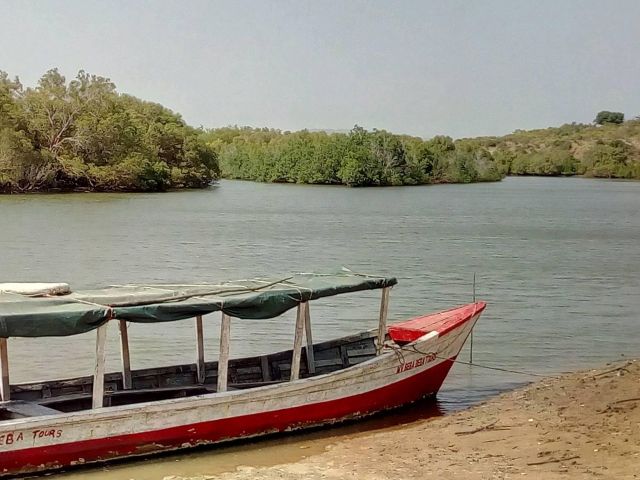
The coast of Kenya is full of natural paradises. These are especially ecosystems linked to the inlets of the...
AMBIENTE
by redazione
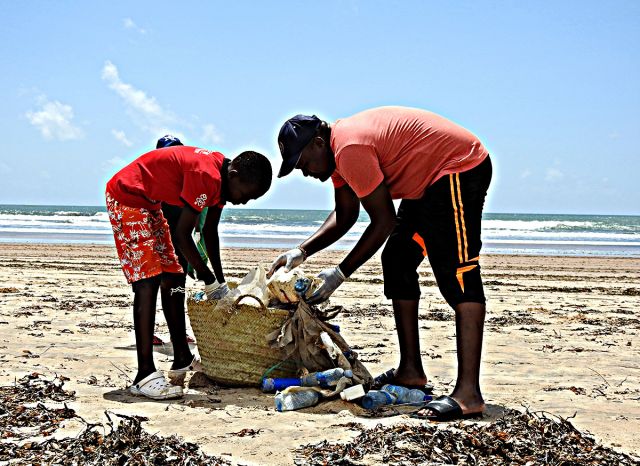
There is no Covid-19 emergency that holds (luckily), the battle for the protection of the...
ENVIRONMENT
by Leni Frau
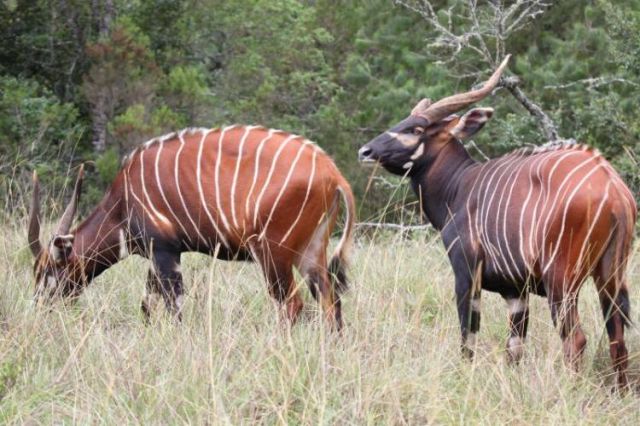
Mount Kenya animal rights activists are calling on all residents and environmental groups to defend the...